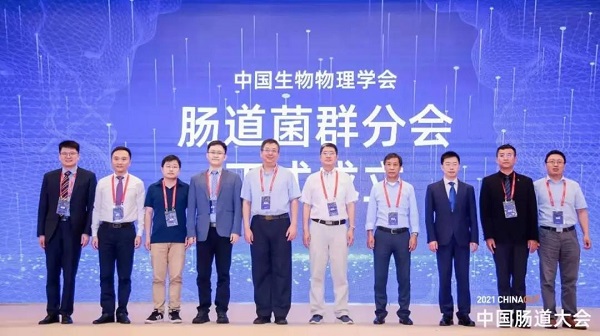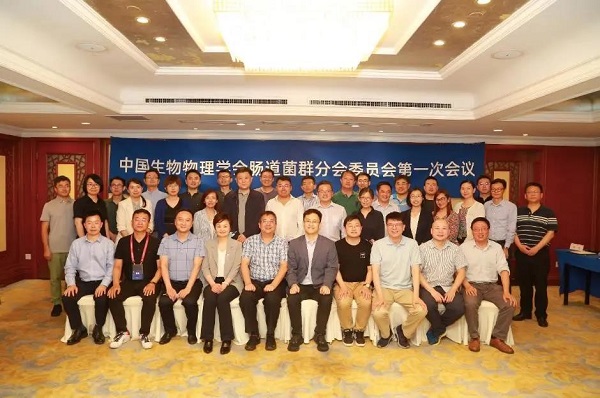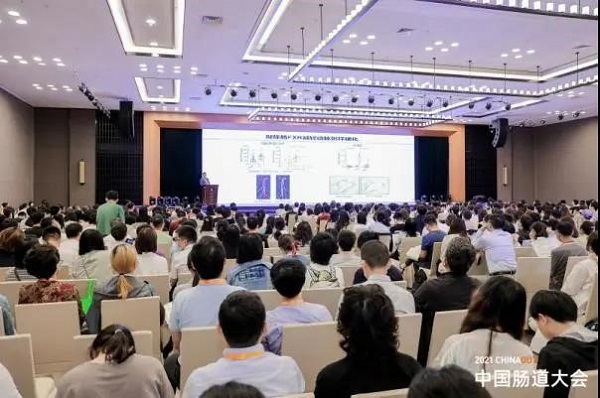Home> News
BSC Intestinal Flora Academic Subgroup founded
Updated: 2021-06-07
The 2021 ChinaGut meeting was held at the Nanjing International Exhibition Center on May 28. The Intestinal Flora Academic Subgroup of the Biophysical Society of China (BSC), was officially founded at the event.

The subgroup is the first national-level academic society named after intestinal flora in China. It is a voluntary academic social group composed of scholars in the field of intestinal flora and metabolism.
The subgroup aims to promote communication and cooperation among experts in the field of intestinal flora and health and the integration of cross disciplines, and to realize the long-term layout and development of the BSC in this new field by combining the professional strength of basic research and clinical and transformational research.

Doctor Liu Shuangjiang researcher of the Institute of Microbiology, Chinese Academy of Science, and distinguished professor of Shandong University, was selected as the president of the subgroup.
At the inauguration ceremony, BSC President Xu Tao sent video congratulations. BSC Deputy Secretary General Liu Tiemin, delivered a speech on the spot, expressing warm congratulations on the establishment of the subgroup and heartfelt gratitude to all participating members and experts.
Doctor Liu was interviewed by more than 10 media outlets, and answered questions on a number of professional topics such as intestinal flora and metabolic diseases, personalized nutrition, flora transplantation, metabolite intervention, prebiotics and probiotics, as well as the purpose of the establishment of the subgroup.

The conference on intestinal flora and health, the frontier and highest level meeting reporting on the combination of production, study and research in the field of flora research, was held after the inauguration ceremony. Many scholars from China and abroad made reports.
The experts delivered wonderful speeches on basic research and various other aspects of intestinal flora, the role of intestinal flora in a variety of diseases and related new imaging technology, which were of great benefit to the participants. Nearly 1,500 people attended the conference and actively communicated in the interactive discussion session.
